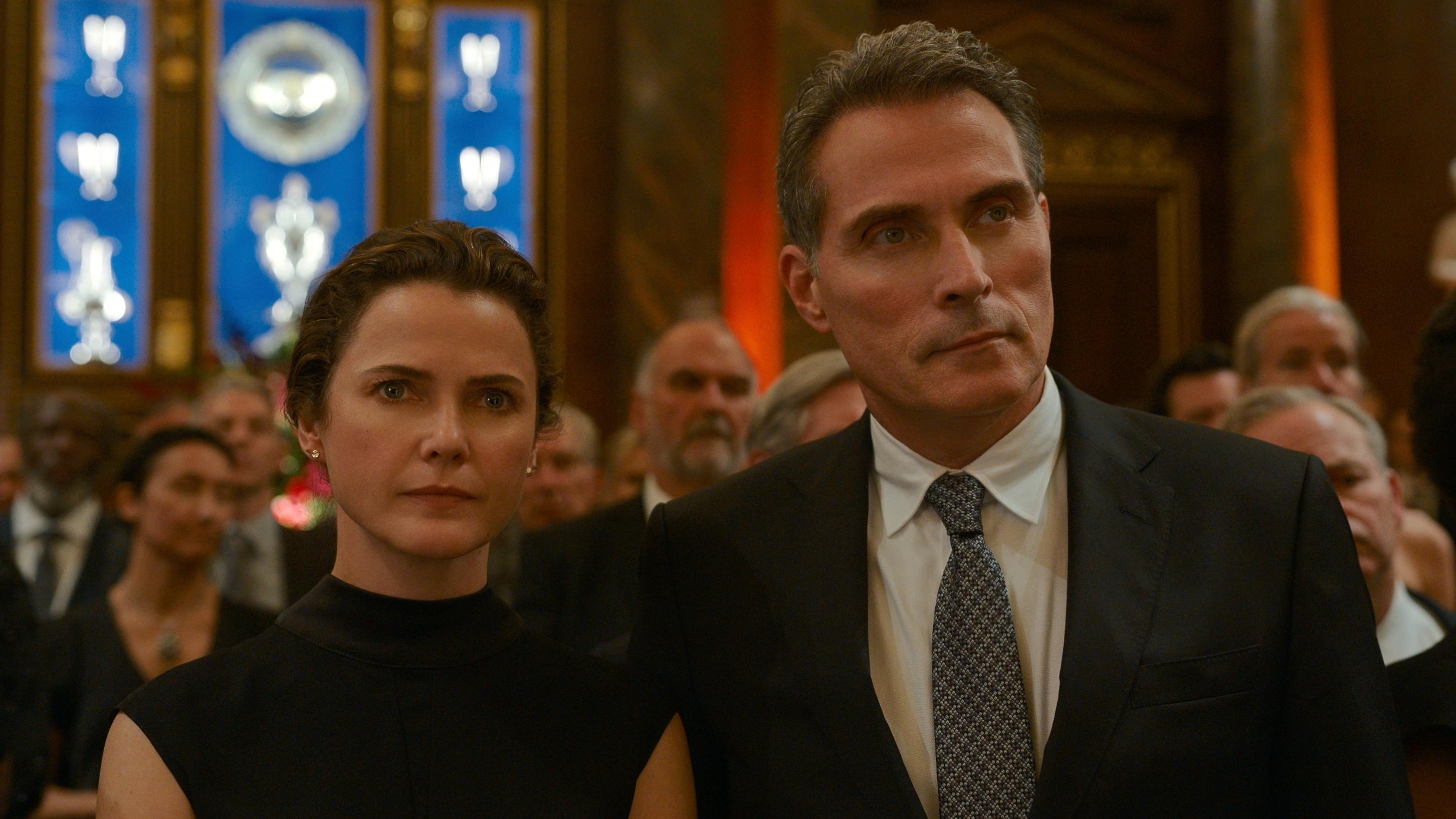In an era where global politics are increasingly complex and interconnected, the political thriller genre has found renewed relevance and resonance. “The Diplomat,” a standout in this field, offers a gripping exploration of international diplomacy, espionage, and the intricate web of power dynamics that govern our world. This article delves into the intricate layers of “The Diplomat,” dissecting its narrative structure, character development, and thematic depth. By analyzing the series’ portrayal of geopolitical tensions and its reflection of contemporary political realities, we aim to uncover the underlying mechanisms that make “The Diplomat” not only a compelling narrative but also a poignant commentary on the state of global affairs. Through an authoritative lens, this breakdown seeks to provide readers with a comprehensive understanding of how “The Diplomat” captures the zeitgeist of modern diplomacy and the shadowy corridors of power.
Analyzing the Intricacies of Political Maneuvering in The Diplomat
The complex web of political maneuvering in The Diplomat serves as a masterclass in the art of strategic influence and power play. The series intricately dissects the multifaceted relationships between diplomats, politicians, and global leaders, showcasing how each character deftly navigates the treacherous waters of international politics. Through a series of well-crafted dialogues and high-stakes negotiations, viewers are exposed to the delicate balance of power and the subtle nuances that define diplomatic success. Key elements such as back-channel communications, strategic alliances, and covert operations are meticulously portrayed, highlighting the often unseen forces that shape global events.
- Back-channel communications: These informal lines of communication are crucial for bypassing bureaucratic red tape and facilitating quick decision-making.
- Strategic alliances: Characters form temporary partnerships that serve mutual interests, illustrating the transient nature of political loyalty.
- Covert operations: The series delves into the shadowy world of espionage, where intelligence gathering and clandestine missions play pivotal roles in achieving diplomatic objectives.
Each episode of The Diplomat meticulously builds upon these elements, crafting a narrative that is both compelling and enlightening. The show’s portrayal of political maneuvering is not only entertaining but also serves as a stark reminder of the intricate and often perilous dance that defines international relations.

Unveiling Character Dynamics and Their Impact on the Plot
In “The Diplomat,” character dynamics are the lifeblood that fuels the narrative, weaving a complex web of alliances, betrayals, and shifting loyalties. Each character is meticulously crafted, serving as a catalyst for plot progression. Protagonists often find themselves entangled in a moral quagmire, where their personal ambitions clash with professional duties. This internal conflict not only deepens their character arc but also propels the storyline into unexpected territories. Antagonists, on the other hand, are not mere obstacles but rather intricate personalities with motivations that challenge the protagonists’ worldview, adding layers of tension and suspense.
- Interpersonal Relationships: The subtle interplay between characters often reveals hidden agendas and unspoken truths, driving the plot forward.
- Power Struggles: Authority and influence are constantly contested, creating a dynamic environment where alliances are as fragile as they are strategic.
- Character Evolution: As the plot unfolds, characters undergo significant transformations, which in turn alter the course of the narrative.
These dynamics are not merely subplots but integral components that enrich the main storyline. By focusing on the intricate relationships and evolving character motivations, “The Diplomat” crafts a narrative that is as unpredictable as it is compelling, ensuring that the audience remains on the edge of their seats.

The Diplomats Realism: A Reflection on Modern Geopolitical Tensions
The intricate web of alliances and enmities in today’s geopolitical landscape mirrors the tense atmosphere portrayed in political thrillers. As nations grapple with shifting power dynamics, the realism embedded in these narratives becomes increasingly palpable. The Diplomat exemplifies this through its depiction of strategic maneuvering and diplomatic brinkmanship. The series deftly captures the essence of modern statecraft, where leaders must balance national interests with global responsibilities, often walking a tightrope between war and peace.
- Complex Characters: Just as in real-world politics, the protagonists are multifaceted, driven by ambition, ideology, and personal vendettas.
- Unpredictable Alliances: Alliances are formed and broken with the shifting sands of political necessity, reflecting the transient nature of international relations.
- High-Stakes Decisions: Decisions made in the heat of the moment have far-reaching consequences, underscoring the pressure faced by real-life diplomats.
By weaving together these elements, the narrative not only entertains but also offers a profound commentary on the complexities of global diplomacy. In a world where the line between friend and foe is often blurred, understanding these dynamics is crucial for both policymakers and the public alike.
Strategic Recommendations for Enhancing Narrative Engagement in Political Thrillers
To captivate audiences in political thrillers like “The Diplomat,” creators must focus on crafting a compelling narrative that resonates with viewers on multiple levels. A key strategy involves developing complex characters whose motivations and backgrounds are intricately woven into the plot. This depth allows audiences to form emotional connections, driving engagement and investment in the storyline. Layered character development not only enhances realism but also provides a fertile ground for unexpected plot twists, keeping viewers on the edge of their seats.
In addition to character complexity, immersive world-building is essential. This involves constructing a believable political landscape that reflects real-world intricacies and stakes. Creators should focus on:
- Authentic dialogue that mirrors political discourse and adds credibility to the narrative.
- Dynamic pacing that balances tension and resolution, ensuring sustained viewer interest.
- Visual storytelling that uses settings and cinematography to enhance the thematic depth of the narrative.
By integrating these elements, political thrillers can achieve a level of narrative engagement that not only entertains but also provokes thought and discussion among audiences.


